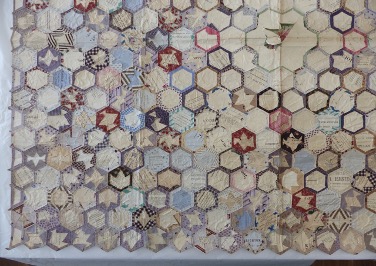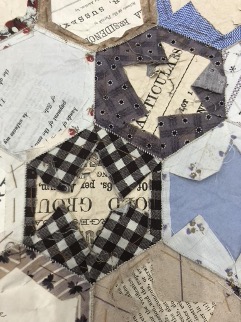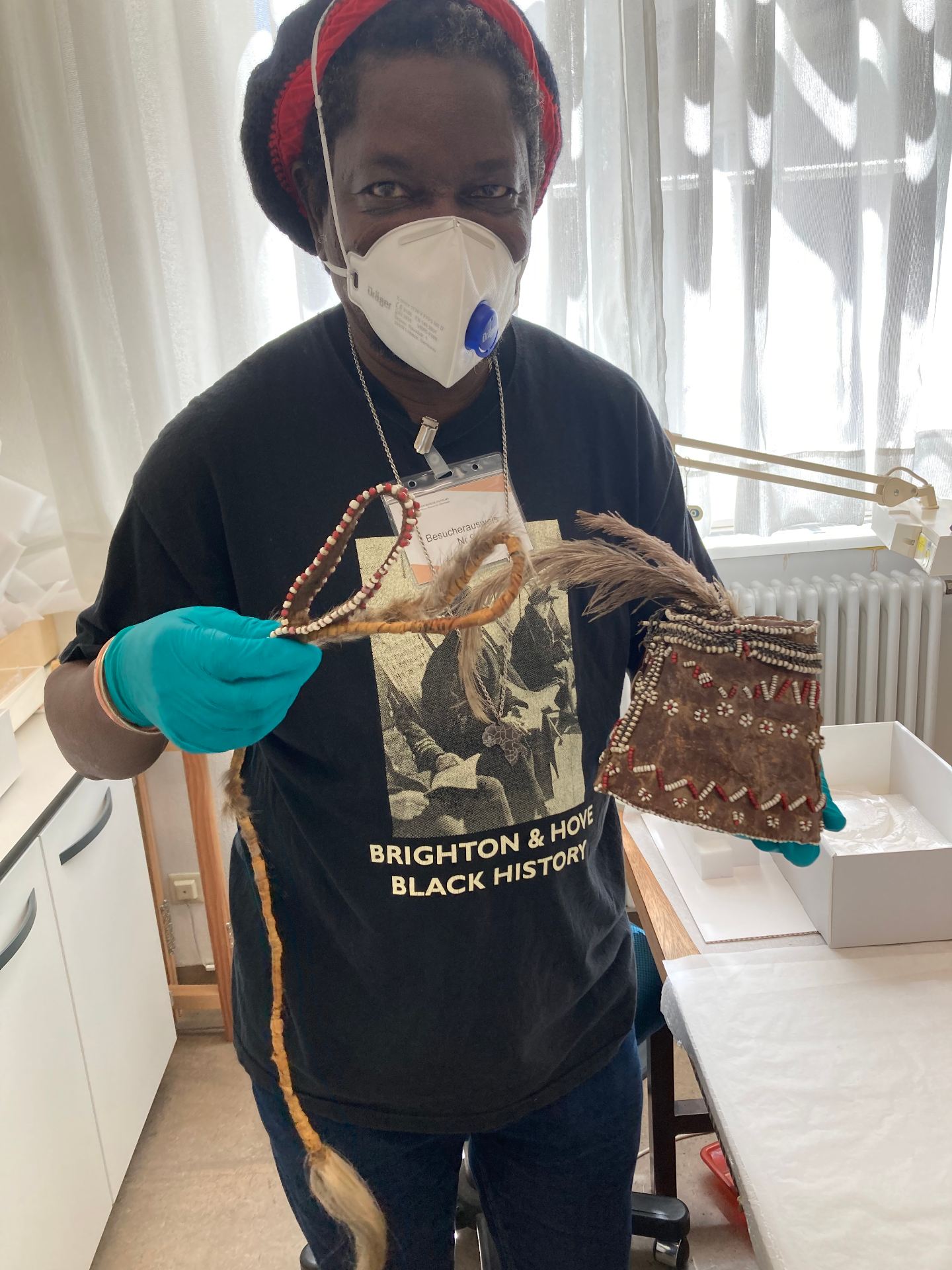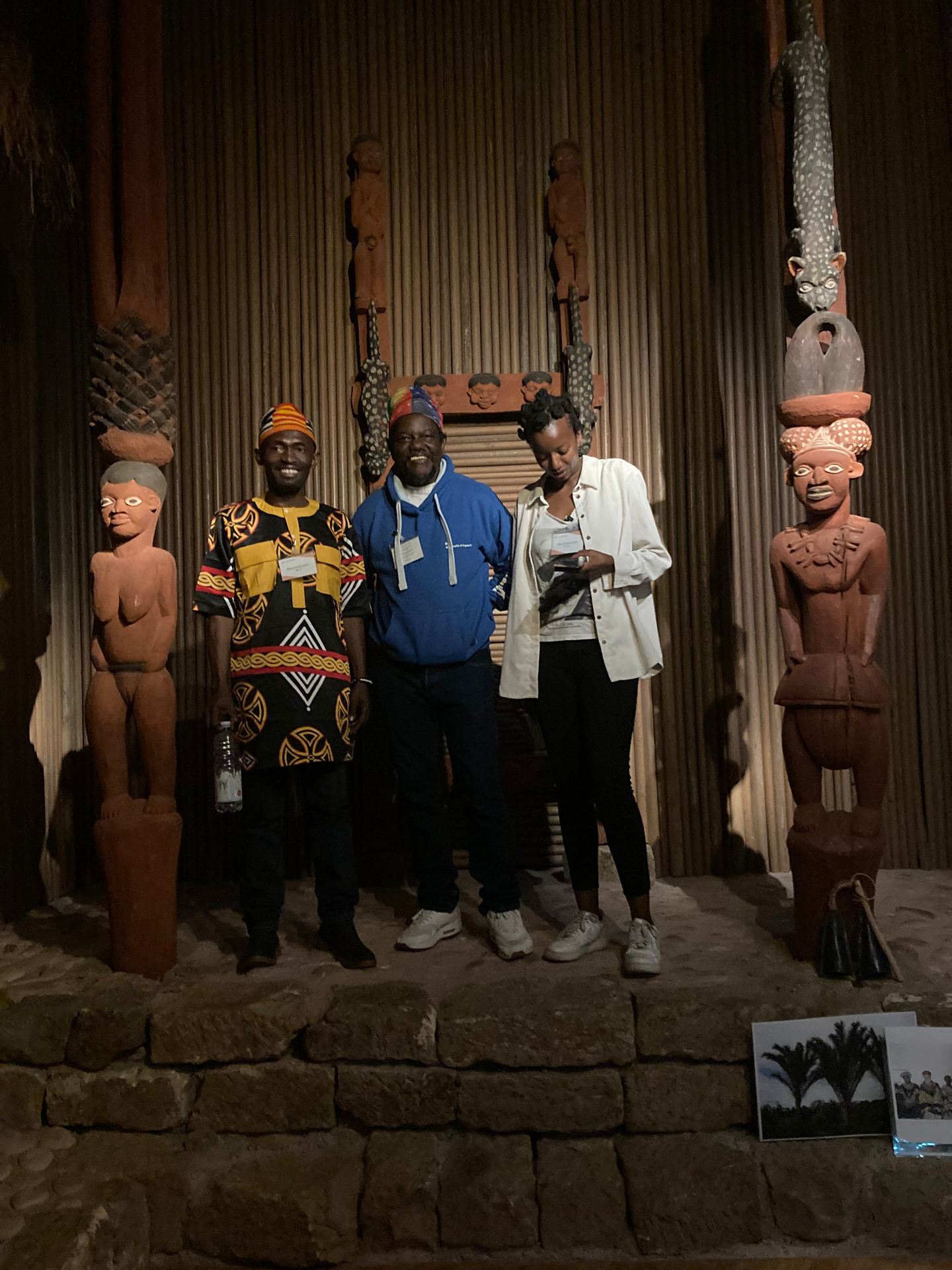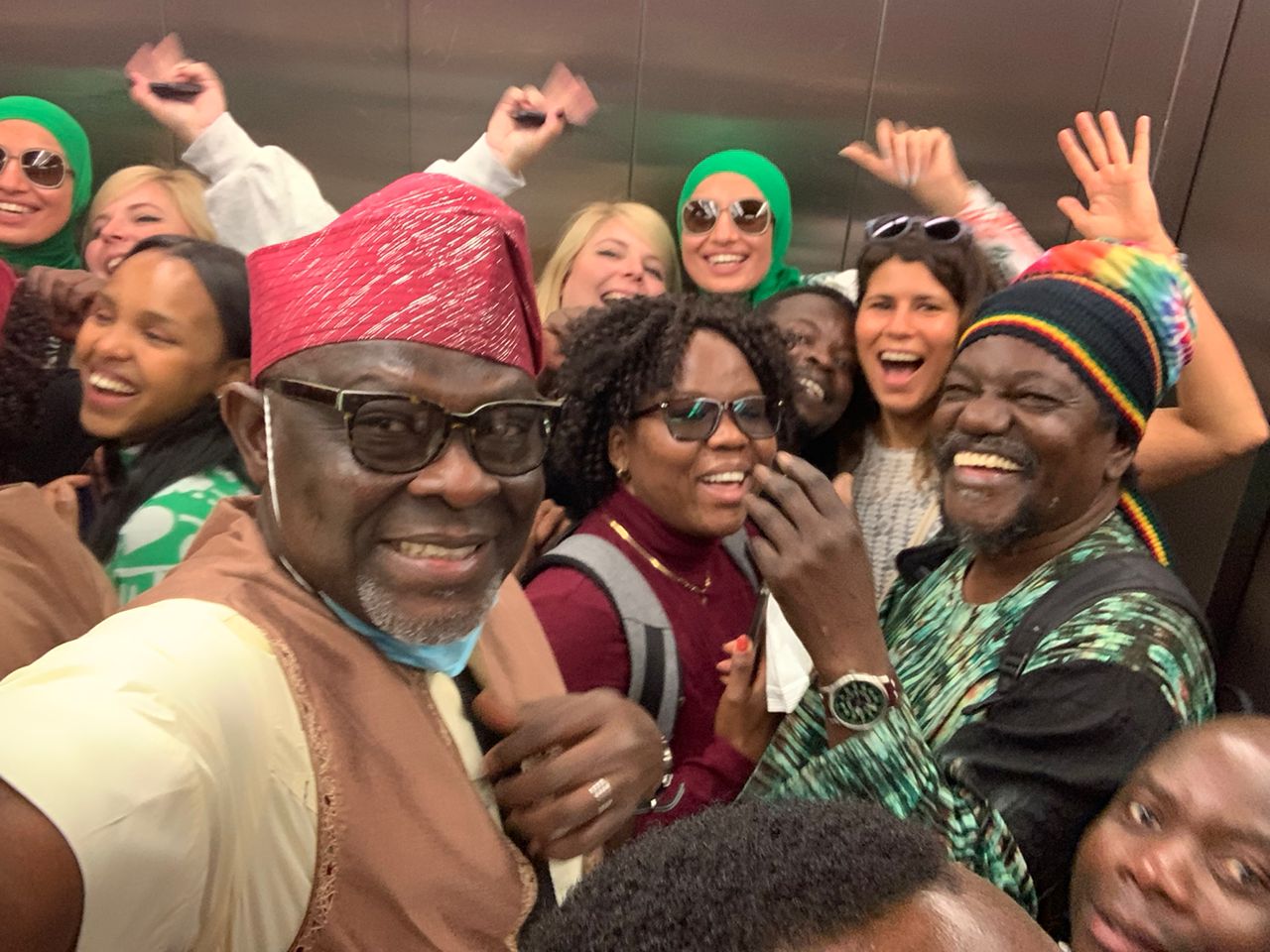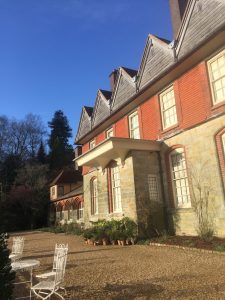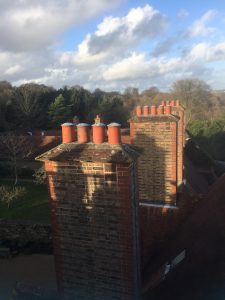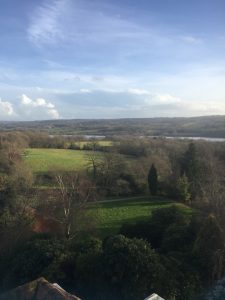Brighton Museum and Art Gallery have opened a new display that features work from MA Curating Collections and Heritage students
“DO NOT TOUCH!!!!” is a display of student posters that all try to challenge the classic signage in museums that ask visitors not to touch the collections. It is on at Brighton Museum and Art Gallery over the next few months.
Caring for Collections and their Users
Museum visitors often report feeling out of place or self-conscious in museums, and signage and instructions that dictate how visitors should behave are often part of the alienation and embarrassment that prevents some people from enjoying museums.
Students on the module ‘Caring for Collections and their Users’ try to take a different approach. As part of their assessment they are challenged to present complex conservation information about caring for objects to museum audiences in an accessible and engaging way. Students can choose to produce a poster that encourages visitors to not to touch, or they can opt to design a set of child-friendly instructions for the safe handling of a mixed range of objects in a schools handling box. Their designs are informed the debates around access, learning, collections research, preventative conservation and audience development that are covered on the module.
Working with Brighton & Hove Museums
Each year, students on the MA Curating benefit from conservation workshops run by staff from Brighton & Hove Museums. This year, our long-term relationship with Gaye Conley, Head of Conservation, has led to an invitation to our students to display their posters. Gaye writes
I have wanted to display the students’ work for several years. It’s rewarding to see the outcome of the talks we have undertaken with the students, and it will be fascinating to watch the public engage with the students’ work.
Student Success
In the space available, Brighton & Hove Museum staff chose three posters produced in recent years. Ellie Bedford designed ‘Museum in a Box!’ to support a school session to help children safely handle objects; Paige Franklin designed ‘Look at Me!’ for an art and design gallery that has fragile objects on open display, and Elliot Thorn produced ‘Vase on a Plinth’ to help people see the consequences of touch, and what might happen if they bring food into the gallery. All of the posters use bold graphics and clear text to encourage visitors to feel welcome in the museum, and informed about how to care for our shared heritage.
Ellie writes,
The poster design was a fun challenge! I enjoyed bringing together all of the curating skills and academic theories that we had learnt, and applying them to a practical task. It’s very rewarding seeing it in print!
Elliot writes,
Designing the poster was a fun experience. It was a challenge to figure out how to convey meaning without written language. One of my aims was to make the poster accessible to people whose first language wasn’t English, so clear visual storytelling was important. Overall, I’m happy with the end result!
Their university and museum tutors couldn’t be prouder! Congratulations all!









